Which trees to plant on the site, which ones should you avoid planting?
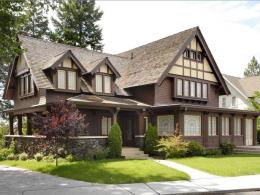
In order for a personal plot or cottage to have a complete look, trees are needed. Such plants are the basis of landscape design and landscaping.
Summer residents also prefer to acquire fruit representatives in order to obtain a harvest. What trees should be planted on the site and what should be taken into account when choosing?
Content:
- Principles for selecting plantings for your own plot
- Selection of trees according to climate zone
- We are planning to create a fruit-bearing garden
- Which trees are suitable for lowlands and wetlands?
- Tips for selecting and planting ornamental crops
- What trees are not advisable to plant near the house and why?
Principles for selecting plantings for your own plot
Gardeners and summer residents want to see beautiful plants bursting with health on their plots. For a seedling to take root and develop, aesthetic preferences alone are not enough.
An important element at the stage of selecting varieties is the available climatic soil conditions and conditions. A common cause of wilting and death of plantings is the incorrect selection of plants.
Now breeders have developed new resistant species that are adapted to more severe weather conditions. You should not hope that a heat-loving tropical plant will take root in northern latitudes.
We also contain some varieties of exotic flora representatives. Such specimens are often more demanding in terms of maintenance.Therefore, choosing unusual for your climate zones, be prepared to devote more time and effort to care.
Before planting a tree in your garden, make inquiries about its needs and characteristics. First make sure that the climate is suitable for it, and it will not die.
In addition to weather conditions, it is worth taking into account the quality and condition of the soil, the characteristics of the relief, the proximity of groundwater and the size of the site.
Selection of trees according to climate zone
Before purchasing seedlings, choose them rationally. Southern heat-loving specimens quickly die or do not take root at all in cold areas. Gardeners often unsuccessfully try to grow fruit crops that are sensitive to air temperature in their dachas.
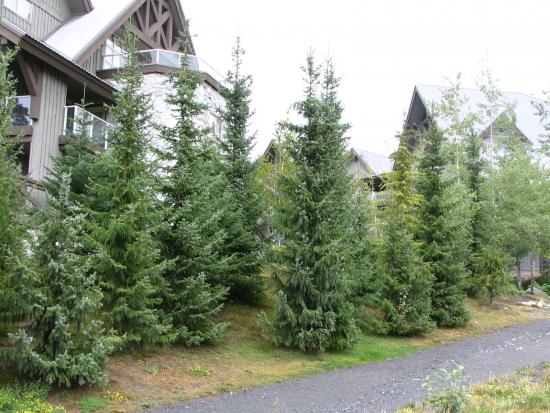
Trees for northern latitudes
Among the decorative representatives of the flora, the following common species tolerate cold climates well:
- black or Russian willow
- broom
- Rowan
- white acacia
- birch (various varieties)
- blue spruce
- Norway maple
- thuja
- oak
- Amur velvet
Things are more difficult with fruit trees. Most of them die in icy winters. Pay attention to the nut, resistant varieties apple trees, hawthorn, lingonberry, blueberry. Now there are other fruit crops on the market that are adapted to harsh conditions.
Trees for mid-latitudes
In the temperate climate zone, the choice for planting green spaces is enormous. Broad-leaved (beech, ash, linden), coniferous (spruce, pine), small-leaved (aspen, birch) species, as well as most fruit representatives, take root well.
If severe frosts occur in mid-latitudes, they last only a short time.In temperate zones, temperatures can drop to -25-30 C. Therefore, choose plants that can withstand such cold weather.
Trees for the south lane
Warm weather conditions with little temperature variation are the ideal place to create a fertile garden.

In the south, heat-loving plants develop and bear fruit well:
- peaches
- apricots
- cherries
- pears
- quince
- cherries
- dogwood
- sea buckthorn
- barberry
- mulberry
- honeysuckle
- plum
When choosing seedlings, objectively assess the climate in which the plant will have to live. Buy the most adapted varieties. Don’t give in to the desire to do the impossible and grow something completely exotic.
We are planning to create a fruit-bearing garden
What fruit trees should be planted on the plot? Focus on your preferences and compliance with the climate zone. Once you have decided on the list of varieties that can be grown in your region, proceed directly to the choice. At the stage of organizing a garden, various aspects and parameters are taken into account.
Create a planting pattern
Before you start taking active steps, create a planting diagram on paper. Sketch a plan for the location of the seedlings.
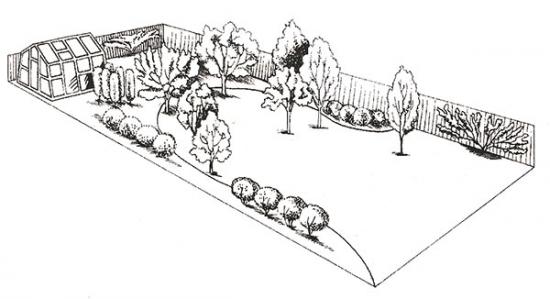
Decide on quantity
Think about why you need fruit crops. Do you want to please yourself with fresh berries and fruits in season, are you planning to harvest or want to get a harvest for commercial purposes? How many family members will you divide the collected fruits and berries?
If you do not expect further sale of the fruits, you should not plant 25 seedlings of the same type.
Create a list of preferences
Write a list of those representatives of the flora that you would like to see near your house first.Think about what fruits and berries you need most? What cultures don't inspire sympathy? Are you allergic to any of the plants?
Make a list in descending order of importance. Purchase seedlings start from the first positions. At the end of the list there should be the least fit and desirable specimens.
Take into account the size of the plot
If you want to try as many fruits as possible, but the plot size is modest, use the following tricks:
Plant dwarf species. The advantage of these is their compactness and ease of maintenance. The owner will have the opportunity to feast on the fruits, despite the small territory. However, many gardeners note that columnar specimens deplete the soil more.
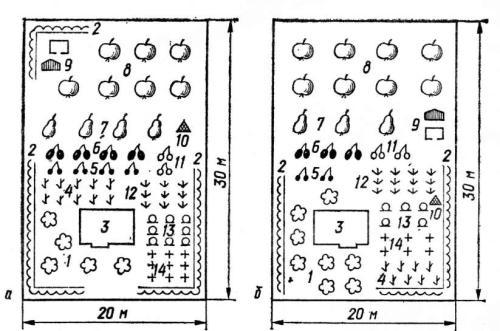
To get different fruits, use grafting. This technique will allow you to get branches hung with fruits of different varieties (plums, apples).
Leave enough space between plants
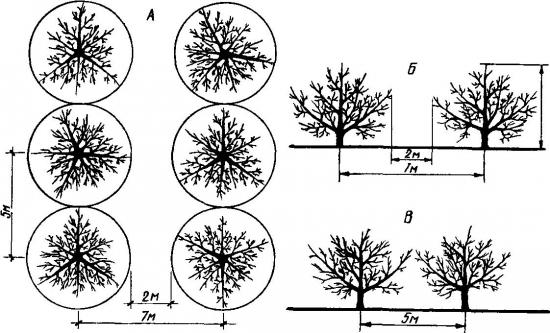
When planted, the seedlings are miniature and slender, and over time they grow significantly. Leave enough space between them. Consider the variety and adult size.
Choose your neighbors wisely
An important detail is the correct combination of neighboring trees. Cherries and cherries They pollinate better and grow in the company of their own kind. There is no point in planting one cherry tree in a garden bed.
Place the walnut away from other green spaces. It will try to destroy nearby plants. But mulberry will not bother any neighbor.
You can plant several fruit trees near your house, or start creating a whole garden. It is worthwhile to correctly calculate your strength. If the area is large, it may be better to invite a professional team.
Which trees are suitable for lowlands and wetlands?
The best option for a garden is a perfectly flat terrain. However, not every plot of land can boast of such characteristics. Most often, there are lowlands near the estate, which need to be filled correctly.
You should not build a garden in a low-lying area. Fruit trees and shrubs are demanding of soil, and in damp and high humidity conditions their roots will begin to rot. Groundwater must lie at least 2 m deep from the surface of the earth.
If the entire garden is in a lowland, but you want to plant fruit crops, use the following technique. Make earthen mounds 35-45 cm high and place the seedlings on artificially created hills.
If there is a low area on the site, and it is not possible to create a good drainage system, certain plants are specially planted. Aspen or willow will help remove excess water.
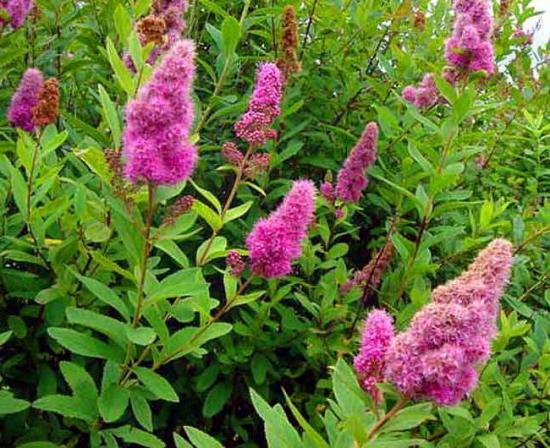
There are other representatives of the flora that tolerate low-lying areas and nearby streams well:
- Spiraea douglas. A beautiful deciduous plant, famous for its long flowering period from July to September. Perfectly complements the green design.
- White willow. A tree traditionally found in marshy soils along rivers and streams. Thanks to its impressive size, it creates a noticeable shadow.
- Hawthorn. A shrub strewn with fruits that resemble small apples. Often used for medicinal purposes.
- Gray alder. A tree that grows up to 20 m. It does not tolerate drought, so damp soils are what you need.
- Honeysuckle. It is of interest as an ornamental plant. There are varieties with edible fruits of unusual shape.
- Deren. Common types include white, red and scion derain. It is distinguished by its unpretentiousness and high adaptability.
- Kalina. Every owner will be pleased to have viburnum on their territory. This unusually beautiful shrub will delight you with useful fruits.
Planting plants in wetlands will help reduce moisture levels and add greenery to the area. Trees will help achieve completeness and integrity.
Tips for selecting and planting ornamental crops
To create a certain style in a country house or personal plot, decorative varieties are needed. If you want to get a single composition, select plants that are similar in style. To keep the garden looking neat, you will have to think about pruning and shaping the crown from time to time.
For hedges, choose small trees and shrubs. Remember that tall plants will change significantly in size over time, shading the territory of neighbors in the country and taking root in adjacent areas.
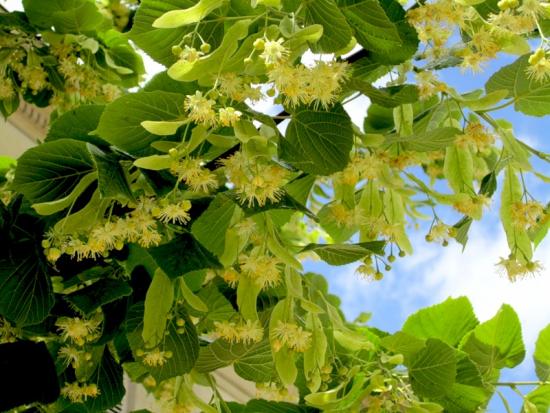
Is it possible to plant linden near the house? Such plants are planted in recreation areas, near gazebos on the south side. They will serve as an excellent shelter in the summer heat.
When creating a hedge, give preference to dwarf varieties that tolerate pruning well.
The following plants are perfect:
- juniper
- berry yew
- dwarf spruce
- western thuja
- barberry
- spirea
- hawthorn
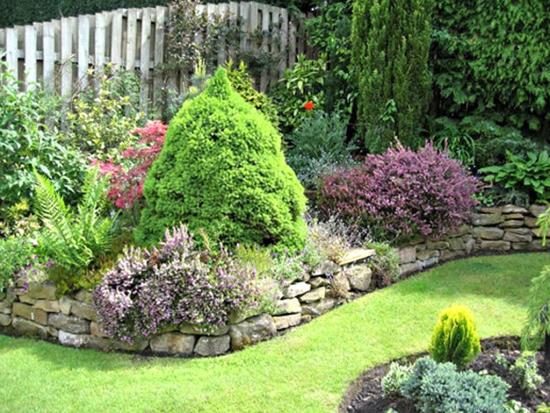
Many people wonder whether it is possible to plant lilac near the house. The plant is perfect for planting around the perimeter of the site. It can also be used to make hedges. Lilac has lush foliage, and in the spring it will delight you with beautiful fragrant blooms.
If the house faces a busy road, it is better to plant taller plants along the edge. For these purposes, take western thuja, small-leaved elm, yellow locust or river maple. The lush crown will protect from dust and exhaust gases flying from the road.
For decorative purposes, any species is used - coniferous, deciduous. They can be planted individually, creating compositions or a careless look.
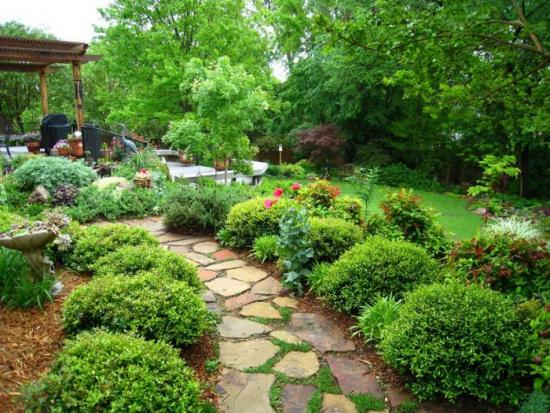
Single trees
Medium and large trees are planted as single specimens. If the area is not too large, it is not practical to place very tall plants. Large crops are located at a great distance from each other. Great as a soloist rose hip or cinquefoil.
Planting groups of plants
Group plantings look great and create a romantic landscape. Interesting compositions are obtained by planting contrasting flora representatives next to each other. The variegated trees and bushes look original.
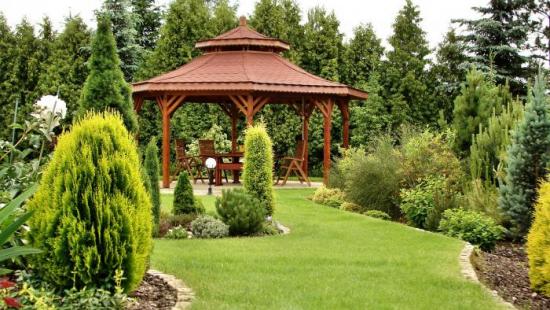
A wide variety of plants are used as decoration:
- Conifers: thuja, spruce, pine trees, yew, junipers. Thanks to their unusual appearance, coniferous crops have gained popularity among summer residents. The rounded specimens look attractive.
- Deciduous: birch, maple, linden, chestnut, alder, clear, rowan. Plants tolerate unstable temperatures and frosty winters well.
- Fruit: dwarf fruit varieties, apple trees, sakura. The flowering of such crops is colorful, and in autumn the foliage acquires a bright multi-colored color.
Landscape designers recommend adhering to the following rule: the smaller the size of the plant, the greater the quantity required for the composition.
Trees randomly scattered around the site rarely look neat. Planting in groups looks more aesthetically pleasing.
What trees are not advisable to plant near the house and why?
Some representatives of the flora are not recommended to be planted near the house. Some - due to natural reasons, others - due to superstition.
Giants with powerful roots should not be placed close to buildings.Over time, the root system can develop and go so deep that it disturbs the foundation of the building. These include poplar or walnut nut.
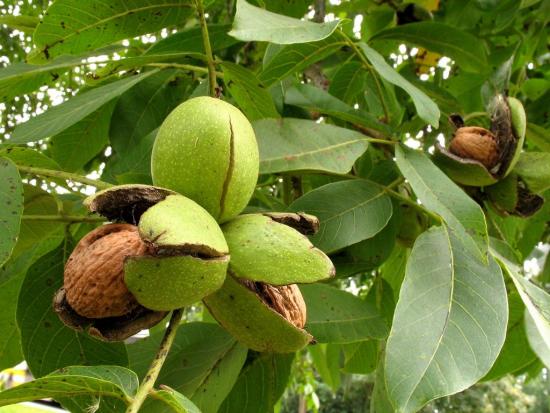
It is better not to plant pine trees on the site, or to distance them as much as possible. Their features are such that they can destroy all the vegetation around them.
Plants are believed to have a certain energy. Everyone's aura is special and can give or take away strength. According to superstitions, it is undesirable to plant the following flora representatives near the house.
Birch
In fact birch - a true protector. However, it is better to take it outside the gate and build a bench next to it. There she will not disturb the owner and will not let negativity enter the doorstep.
Aspen
Our ancestors also considered aspen an energy vampire. According to legends, she brings illness and loss. The cross of Jesus Christ was made of aspen.
Willow
Some say that whoever plants it will soon suffer death. Even if you are not a superstitious person, you should not tempt fate.
Willow
It often grows near bodies of water, but is not suitable for planting near a house. The willow tree is traditionally considered a symbol of crying and suffering; in the old days, women came to it to grieve over their difficult fate.
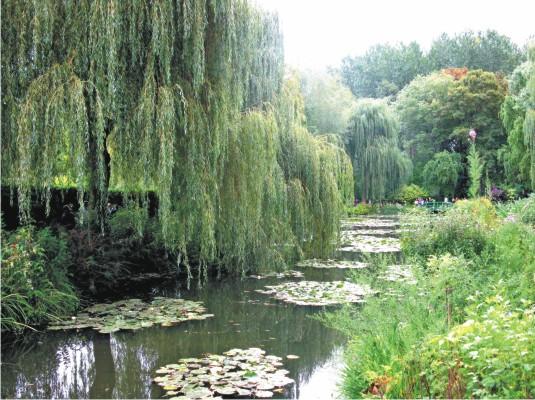
Spruce
It also raises many questions. There is debate: is it possible to plant a spruce near the house? Some believe that she is an energy vampire and is able to absorb energy during the summer and release it in the winter. Others say that spruce protects against quarrels and bad moods.
However, in regions where spruce trees are common, they do not believe in omens.
There is a huge selection on the market now seedlings. Many varieties are artificially bred by breeders and are more resistant to unfavorable conditions.
When choosing seedlings and preparing a planting plan, the owner should take into account the climate, topography, soil nature and crop compatibility.
You will learn about which conifers are best to plant in your summer cottage by watching this interesting video:

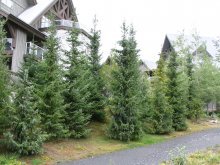
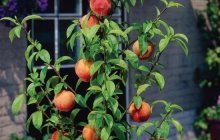

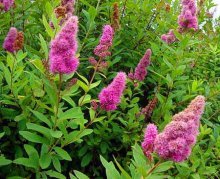
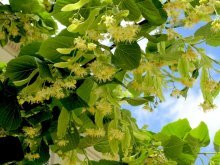
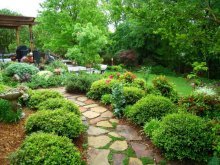

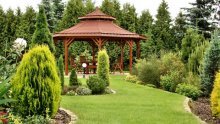
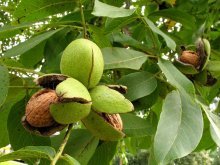
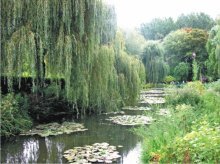
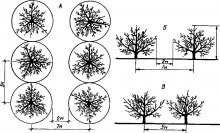
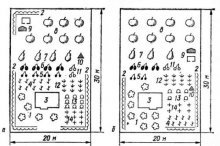
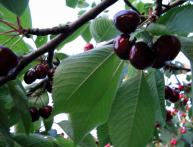
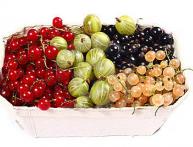
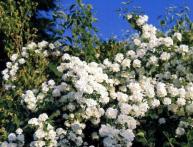
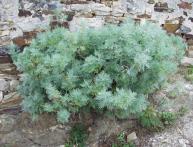
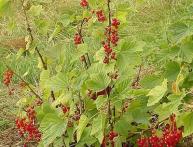
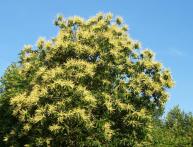
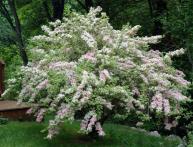
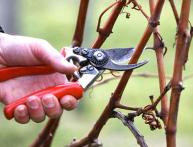
Comments
On our plot we have 5 apple trees, 2 pears, several plums, a cherry orchard of 10-15 trees, 2 hazels, 1 blackthorn, mountain ash, kalinka. I think this is optimal. Both in quantity and in saturation.
I prefer to plant berry trees - firstly, they bloom, and secondly, they produce berries. Thus, business is combined with business. I grow: viburnum, rowan, bird cherry, apple trees. I make tinctures from the first three, and compote from apples.
I give preference to “useful” trees and shrubs; we have hawthorn and rose hips, viburnum, and last year we planted linden and Nevezhin rowan. The fruits of all these plants have medicinal properties.